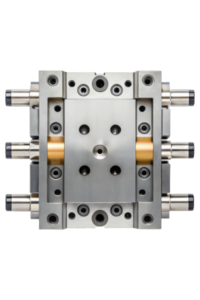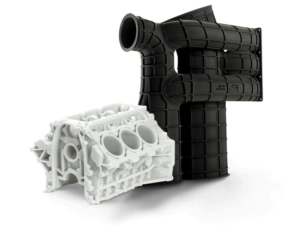When it comes to 3D printing, two of the most popular technologies are SLS (Selective Laser Sintering) and SLA (Stereolithography). Both methods have their own unique advantages and disadvantages, and choosing the right one for your needs can be a difficult decision. In this article, we will explore the differences between SLS and SLA 3D printing and help you make an informed decision.
SLS 3D Printing
SLS 3D printing uses a laser to sinter powdered material, such as nylon or polyamide, layer by layer to create a 3D object. This process is ideal for creating complex geometries and functional parts, as well as for producing small batches of parts quickly and cost-effectively.
One of the key advantages of SLS 3D printing is its ability to produce parts with high accuracy and great detail. This makes it a popular choice for prototyping and manufacturing. Additionally, SLS 3D printing allows for the use of a wide range of materials, including those with high temperature resistance, making it ideal for creating parts that need to withstand high stress or heat.
SLA 3D Printing
SLA 3D printing uses a UV laser to cure a liquid resin layer by layer to create a 3D object. This process is ideal for creating parts with high surface quality and fine details, making it a popular choice for jewelry, dental, and medical applications.
One of the key advantages of SLA 3D printing is its ability to produce parts with smooth surface finishes and high resolution. This makes it a popular choice for creating small, intricate parts with high detail. Additionally, SLA 3D printing allows for the use of a wide range of materials, including those with high flexibility and transparency, making it ideal for creating parts with unique properties.
Which is the Best Option?
When choosing between SLS and SLA 3D printing, it ultimately comes down to your specific needs and requirements. If you need to produce parts with complex geometries and functional properties, SLS 3D printing may be the best option for you. On the other hand, if you need to produce parts with high surface quality and fine details, SLA 3D printing may be the better choice.
It’s important to note that both SLS and SLA 3D printing have their own unique advantages and disadvantages, and choosing the right one for your needs requires careful consideration. By understanding the differences between these two technologies, you can make an informed decision and choose the best option for your specific application.
In conclusion, SLS and SLA 3D printing are both powerful technologies that offer unique advantages and disadvantages. By understanding the differences between these two processes, you can make an informed decision and choose the best option for your needs.
For more information go to https://quickparts.com/


